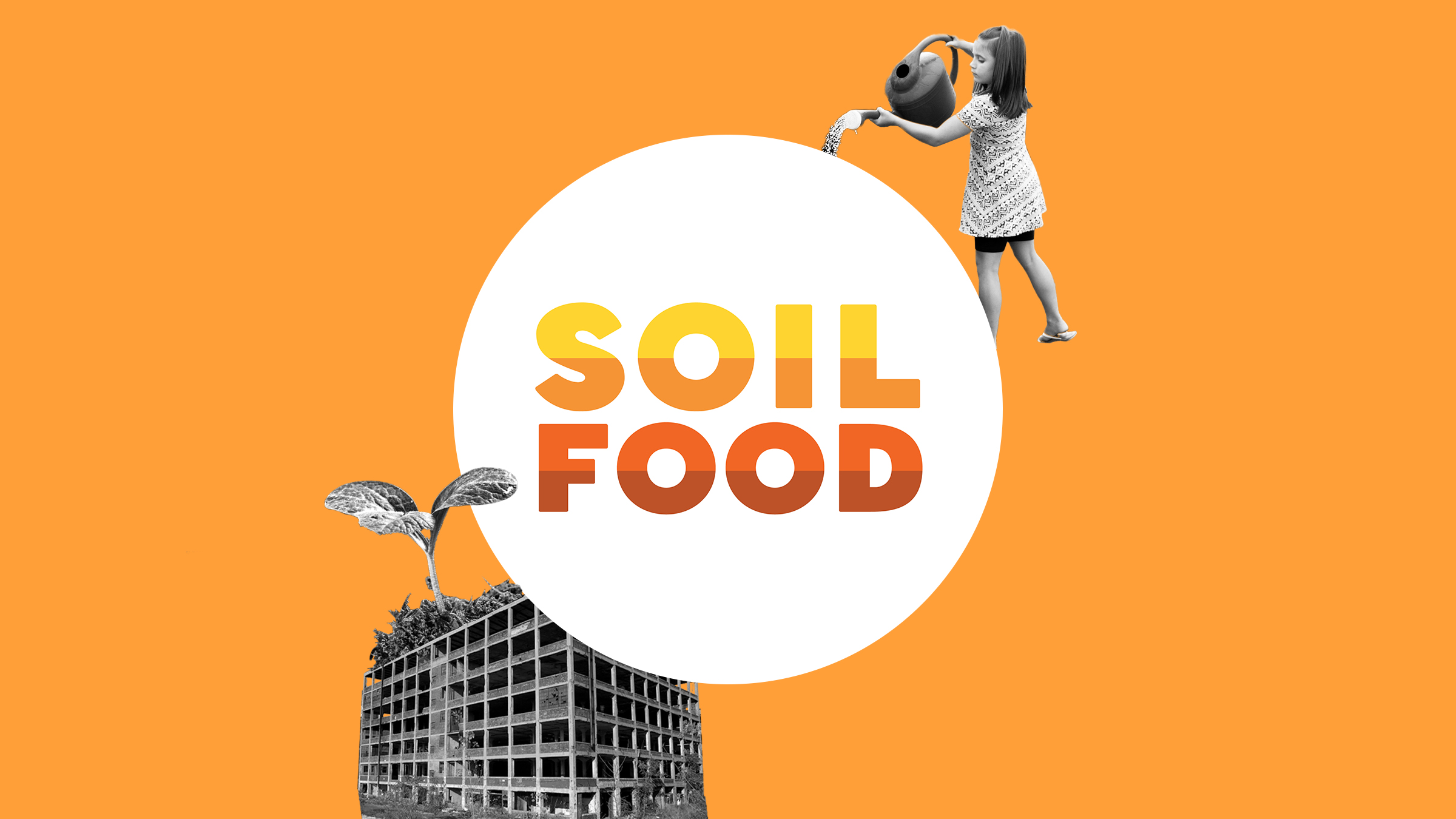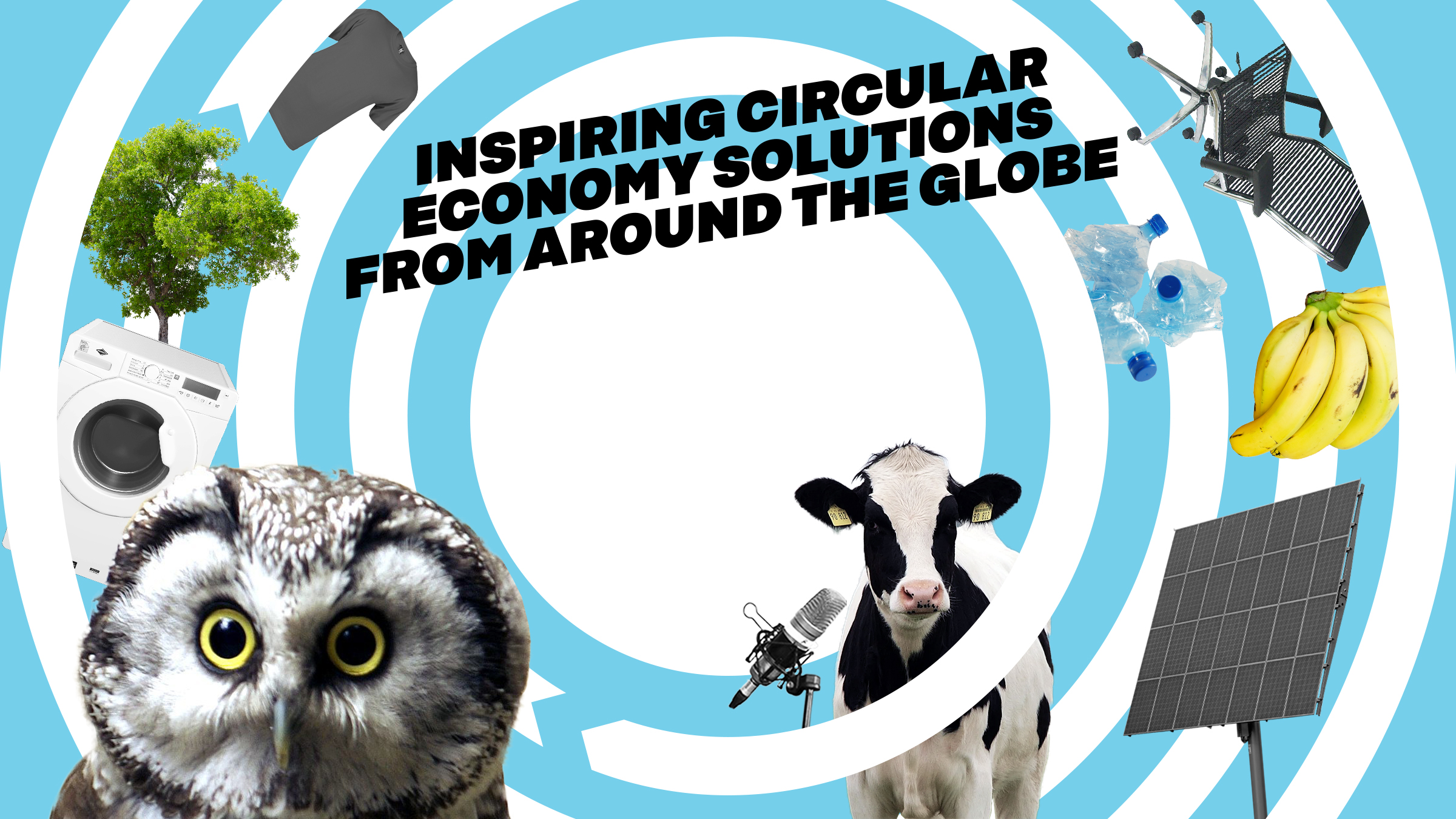Soilfood enables the circulation of materials between sectors that do not traditionally collaborate with each other. The solution utilises the by-products of one sector to produce a sustainable input alternative to another, working as a middleman that creates both monetary and ecological value for each party.
The founders of Soilfood had all been wanting to solve different agriculture-related problems, and eventually their collaboration created one interconnected solution. The Finnish waste regulation that came into force in 2013 demands that waste can only be disposed of in a landfill if it is not technically or economically possible to utilise it. This was an important guiding regulation that pushed actors across industries to view their side streams as a resource rather than waste.
Problem
Conventional farming uses energy-intensive fertilisers and reservoirs and is responsible for a large portion of greenhouse gas emissions in the EU. Lack of organic material input and an excessive use of inorganic substances decrease the quality of soils and waterbodies and contribute to biodiversity loss. Simultaneously, many other industries generate by-products that already contain these valuable nutrients in an organic form, but instead of being utilised as a raw material, they are incinerated, disposed in landfill or otherwise treated as waste.
Solution
Soilfood utilises industrial by-products from the forest, bioenergy, food, mining, chemical and environmental industries. The by-products are recycled into soil improvers, recycled fertilisers and agricultural lime, which significantly reduces the greenhouse gas emissions of both agriculture and industry. The use of soil improvers adds carbon to the soil, which increases the carbon sink and results in better soil fertility, crop performance and soil biodiversity. The solution adds value both to the industries and farmers. For industries, their previously valueless by-products are now acquired and spared from landfills. The farmers get a cost-efficient, reliable and sustainable agricultural input, many of which are suitable for organic farming.
Soilfood’s operational model is to utilise side streams with reuse opportunities for added value, creating new regional value chains. For farmers, Soilfood offers holistic consultation services on regenerative agricultural practices. Additionally, 11 per cent of the budget is used for R&D activities which can further improve nutrient recycling and therefore circularity in agriculture and industry.
Environmental impact
Soilfood Ltd improves the quality of soil and waterbodies by binding carbon and nutrients to soil. As the solution replaces energy-intensive virgin raw materials and mineral fertilisers with recycled nutrients, it reduces the use of fossil energy and non-renewable natural resources. In 2019 the solution saved 29,610 tonnes of carbon dioxide emissions, which is equivalent to 2,875 Finns’ annual carbon footprints. The solution contributes to healthier soils that are more reliable in cultivation and crop production even in the changing climate.
Social impact
The solution improves farmers’ access to sustainable production practices by making the use of recycled input in agriculture more cost-efficient and supporting the farmers to change to regenerative agricultural practices.


Inspired?
Check out all solutions.